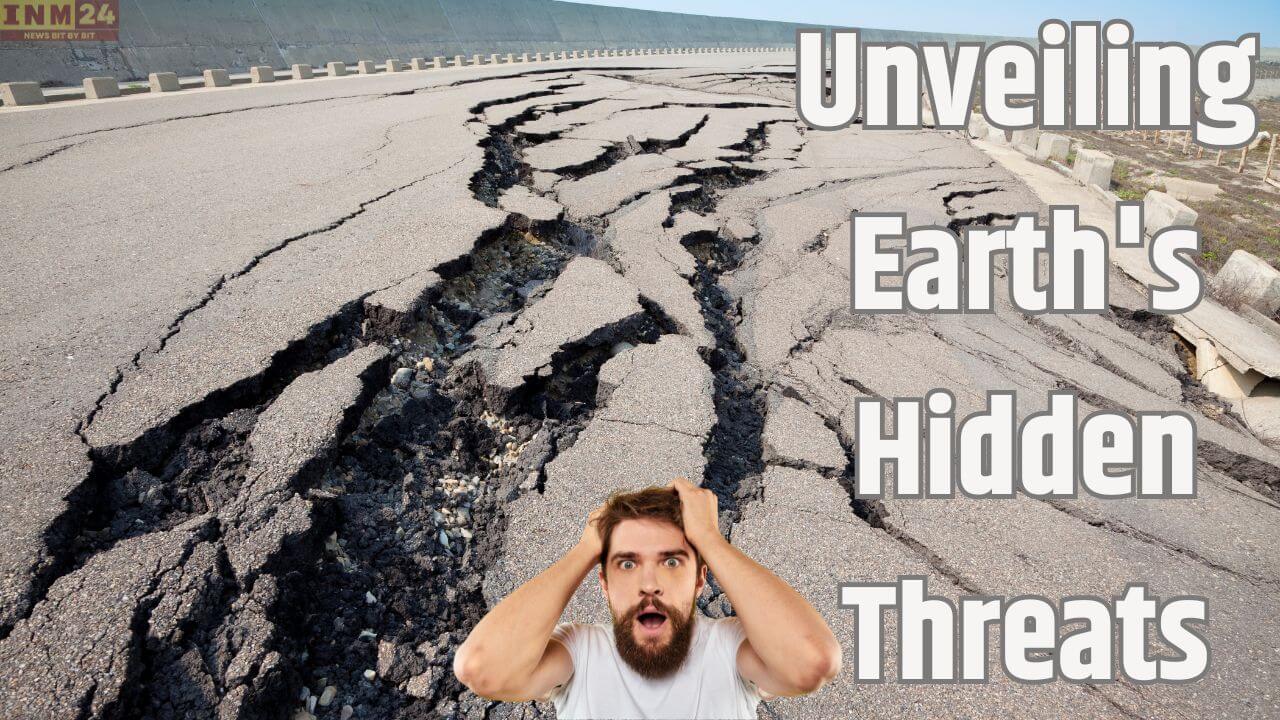In a recent revelation, scientists have disclosed that the Earth’s upper surface, stretching from Japan to New Zealand, is tearing apart, creating significant fractures beneath the Pacific Ocean. Until now, it was generally believed that tectonic plates beneath the oceans were relatively stable compared to those beneath the continents. However, groundbreaking research has challenged this assumption.
Unraveling the Mystery
Researchers from the University of Toronto have identified extensive fractures occurring beneath the Pacific Plate, causing potential damage to the ocean floor. The study, published in the Journal of Geophysical Research Letters, sheds light on colossal forces pulling the plates.
Dr. Ercan Gun, a post-doctoral researcher in the Department of Earth Sciences at the Faculty of Arts and Science, University of Toronto, stated, “We knew that geological distortions, such as faults, are away from the tectonic plate boundaries on continental plates. But we did not know that this was happening under the oceanic plates as well.”
Pacific Tectonic Plate
A Force to Reckon With the Pacific Plate is the largest tectonic plate on Earth, responsible for forming the majority of the Pacific Ocean floor, extending from the western coast of North America to Alaska. On its western border, it is present from Japan to New Zealand and Australia. The plate is a significant part of the Pacific Ring of Fire, known for its high seismic and volcanic activities.
Implications of the Research
The study focused on four tectonic plates—Ontong Java, Shatsky, Hess, and Manihiki—in the western Pacific Ocean. This vast area encompasses Hawaii, Japan, New Zealand, and Australia. Data collected was processed using a supercomputer, comparing it with information gathered in studies conducted during the 1970s and 80s.
Professor Russell Pysklywec from the Department of Earth Sciences stated, “What we are doing is refining plate tectonics. It shows that these plates are not as strong as we once thought. They are quite weak.”
Potential Threats to the Pacific Ocean
The extensive fractures detected beneath the Western Pacific Ocean could lead to increased seismic and volcanic activities. Dr. Pysklywec suggests that such significant changes may contribute to a heightened risk of earthquakes and volcanic eruptions, posing a potential threat to regions surrounding the Pacific Plate.
Dr. Gun remarked, “This active discovery flips what we understood and taught about a well-developed planet. It demonstrates that there are still many hidden mysteries about our developing planet. Such significant transformations could potentially lead to an escalation in seismic and volcanic events, posing a threat to Earth.”
Further research is needed to understand the full extent of these changes and their potential impact on our planet. The study serves as a reminder that our understanding of Earth’s geological processes is continually evolving, and it is crucial to stay vigilant about potential risks that may arise from such transformations.
